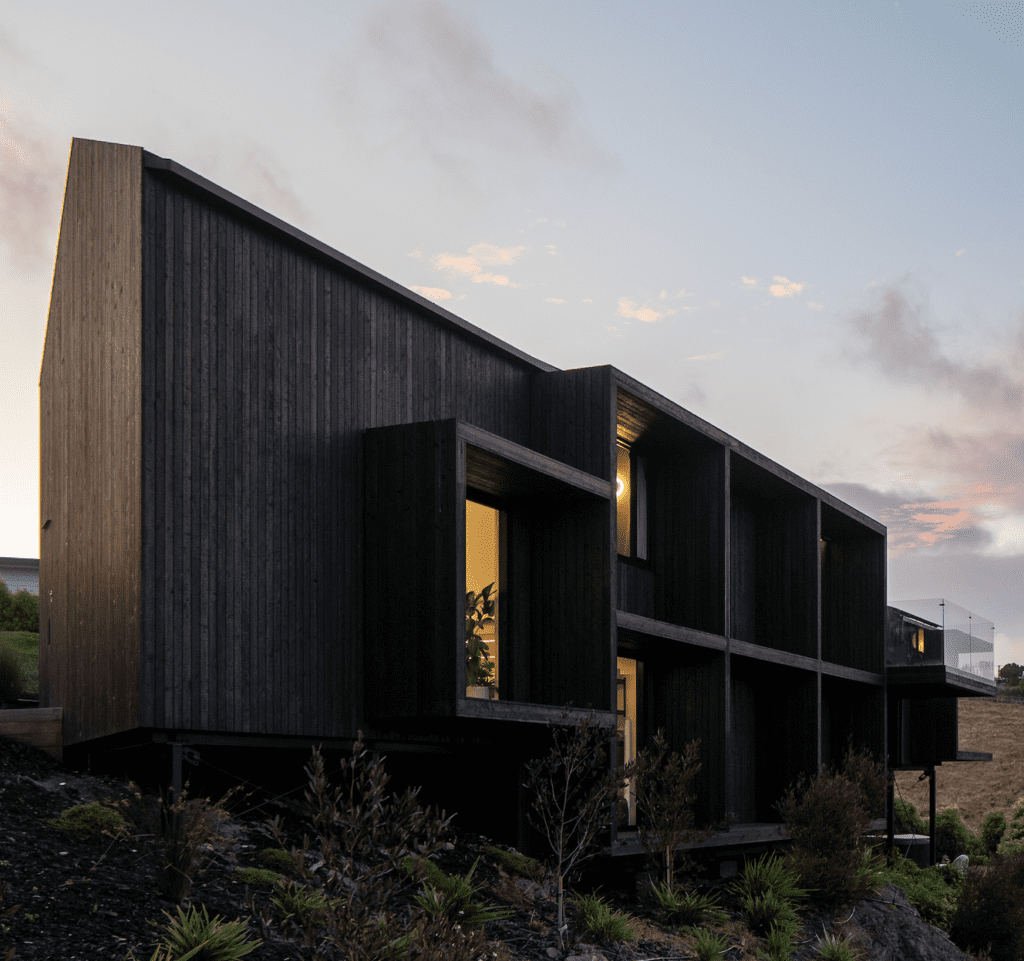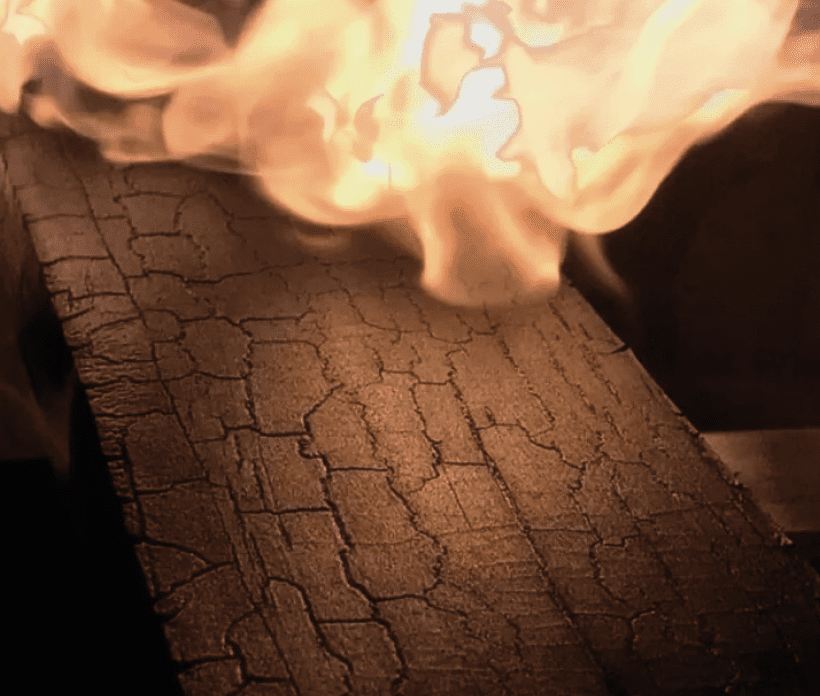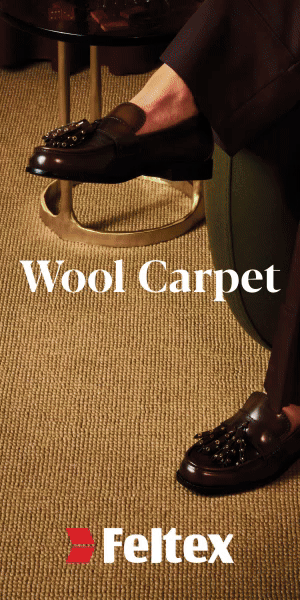Using the traditional Japanese technique of preserving wood by charring it, shou sugi ban, Christchurch-based family owned company Chartek is revolutionising the process for New Zealand homes.

The process involves burning the timber in intense heats of up to 900 degrees celsius before drying it and sealing it with oil. The finished product is striking, and is capturing the attention of the local design industry with its depth of tone and natural imperfections — and, ultimately, its longevity and versatility.
“Because the charring process preserves and strengthens the timber, almost no maintenance is needed throughout the lifetime of the product, aside from the odd washdown with water,” Chartek’s managing director, Murray Read, says. “We recommend re-oiling once every 10 years.”
The oil sets the char, which ensures it is clean to the touch. “I often compare the longevity of charring to walking through a burnt forest. Those trees remain black for decades afterwards, which is exactly what charring does.”
Different timbers react differently to the charring process. Siberian larch, for example, is grown slowly in temperatures that drop as low as minus 70 degrees, so the wood can be very dense.

“When we char it, you end up with those lovely imperfections, depending on the density of each piece. You get a very different result from charred Japanese cedar, which is what was traditionally used for shou sugi ban. Japanese cedar creates a much more consistent char — or ‘crocodile skin’ as we call it.”
Siberian larch was the product of choice for one of Chartek’s most recent projects, Textured Bach, the 2024 City Home of the Year, designed by Nic Owen Architects in the Christchurch suburb of Richmond Hill. This project saw more than 6000 lineal metres of Siberian larch charred to create an intriguing sculptural monolithic form, with the entire exterior cloaked in charred wood.
The palette was continued inside, with Chartek hand-charred furniture, and cabinetry for the kitchen and bathrooms. “The hand-charring process is unique, and this project was an amazing challenge for us,” Chartek project manager, Chelsea Read, says.
“I think the success of this project was due to the incredible collaboration we had with our clients throughout the process, and the dedication of everyone involved to create something absolutely beautiful. It’s a place people don’t walk past; they stop to have a look and take it in,” Murray tells us.
“We feel blessed to be able to offer such a distinctive product to innovative designers who are embracing the benefits of charring and prepared to step outside of the box to try something remarkable.”





